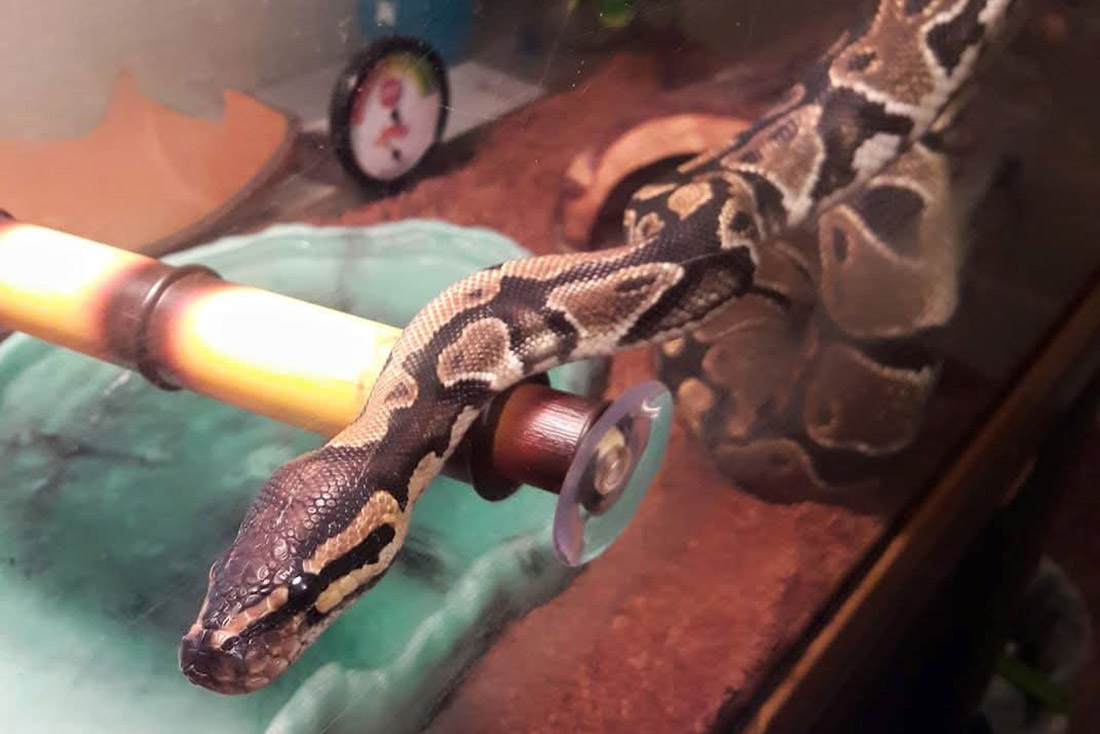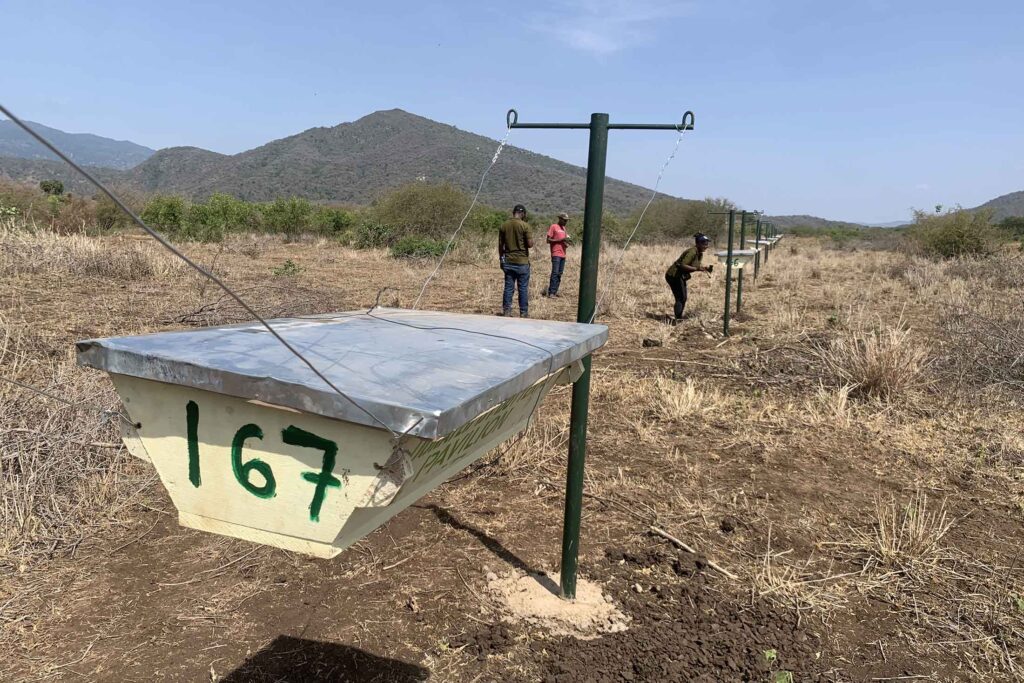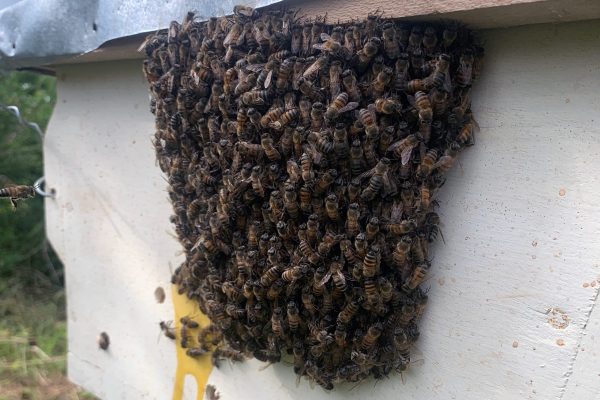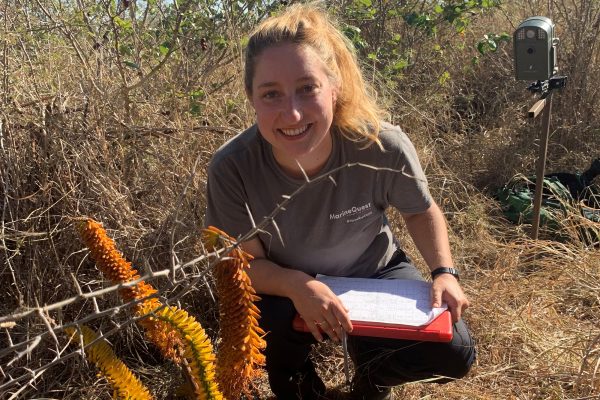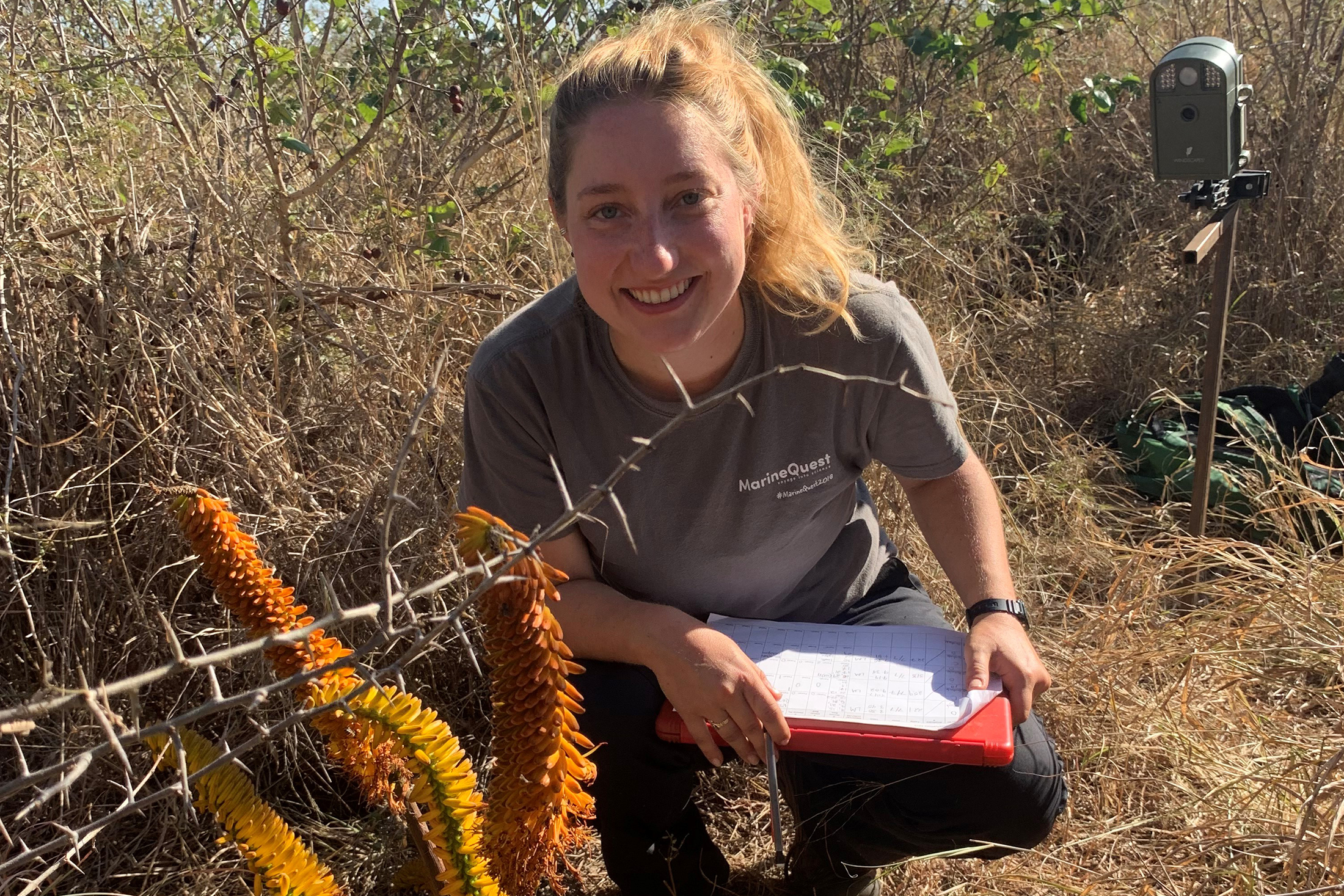Project Introduction
The Bees for Elephants Project supports the construction of beehive fences for Tanzanian communities facing human-elephant conflict. Dr. Lucy King of Save the Elephants developed the original design for beehive fencing that has since spread throughout Africa and Asia. By capitalizing on elephants’ natural fear of honey bees, beehive fencing protects crops and humans from wayward elephants that enter rural communities in search of food and water. Butterfly Pavilion (BP) began the Bees for Elephants Project to encourage the use of native pollinators, reduce human-wildlife conflict, and support alternative income sources for rural people. In 2022, BP partnered with the Tanzanian Elephant Foundation (TEF) and the Katie Adamson Conservation Fund to install beehive fences in three Tanzanian communities and to provide beekeeping training to the local people who manage them. That same year, funding from the Conservation Nation Established Conservationist grant helped to extend one of the community’s fences and supported additional beekeeper training.
Update from February 2023 Site Visits
In February 2023—one year after I started managing the Bees for Elephants Project—I returned to Tanzania for a third time. While there, I visited the three fence communities to help add more hives and to run additional beekeeping training sessions with TEF. My first stop was with the community of Kisiwani, located on the western border of Mkomazi National Park in northern Tanzania. During my first visit to Tanzania in February 2022, Kisiwani community members installed a beehive fence with support from TEF and BP. When I returned the following August, funding from my Conservation Nation Established Conservationist Grant allowed us to add 50 more beehives to the barrier. During my most recent visit, we extended the fence by another 50 beehives, bringing the total number to 167 (about 1,170 meters of fencing)! As usual, the people from Kisiwani were excited and worked hard to add the new beehives.
In addition to the changes to the Kisiwani beehive fence, the precipitation levels varied between my visits. During my first trip, it was rainy, and the area was lush. When I returned in August, the region was in a drought. As a result, we had to train the fence managers to provide the honey bees with water and shade (via roofs) to prevent the colonies from abandoning their hives. During my most recent visit, the rains had still not arrived, which resulted in low hive occupation. Thankfully, the elephants have failed to figure this out and have yet to break the fence to crop-raid!
We continued our trip with a day-long southerly drive to visit the community of Kisemo—an area that has had a beehive fence for over a year. Like Kisiwani, Kisemo was also experiencing low rainfall. However, they still had a healthy amount of occupied hives with bees that behaved quite defensively (as evidenced by the handful of stings we received in the field)! While there, we provided beekeeping training to the fence managers. Additionally, I retaught the group how to check the hives with Justin Mgeni—a Tanzanian beekeeper who translated my portion of the lesson into Swahili.
Our last stop was in the town of Kisaki in central Tanzania. As the most humid of the three sites we visited, the extra moisture in the air made for uncomfortable and sweaty fieldwork for us non-locals. On a positive note, the area was lush and had plenty of water for honey bees. With these conditions being the norm, bees occupy the hives throughout the year. During our visit, more than half of the hives were in use—many even had bees hanging on the outside to make space and reduce heat on the inside. We spent our time in Kisaki providing beekeeping training to the beehive fence caretakers, including lessons on splitting overpopulated bee colonies into new colonies and hives. To round out the trip, I traveled back to the U.S. with the founder and director of TEF, Lameck Mkuburo, to conduct fundraising and outreach for the project.
Looking Ahead
Currently, we are awaiting the return of the rains to kick start both the nectar season for the bees and the planting season for the farmers in the communities. TEF plans to collect more crop-raiding data and increase its outreach about human-elephant conflict mitigation strategies for rural communities. In August, the BP team will extend the beehive fences in Kisiwani and Kisaki to further protect the communities’ perimeters. We have also been contacted by groups in other countries looking for advice on beehive fencing and are excited to spread this conflict mitigation tool to new communities. As the project progresses, we look forward to sharing more exciting updates as they arise!
Project Successes in 2022-2023
- A preliminary analysis of TEF’s data indicates a decline in elephant conflict and a greater than 70% reduction in crop damage since the project began in 2020.
- We added a total of 167 beehives in Kisiwani.
- Participants harvested 122 kg of elephant-friendly honey.
- Community members earned $1,220 (2.85 million TZS) from elephant-friendly honey sales.
- We raised $45,000 toward a field vehicle for TEF so they can regularly visit and support the fence communities.
- We trained three communities—and 76 beehive fence managers—in beekeeping, honey extraction, and honey sales.







